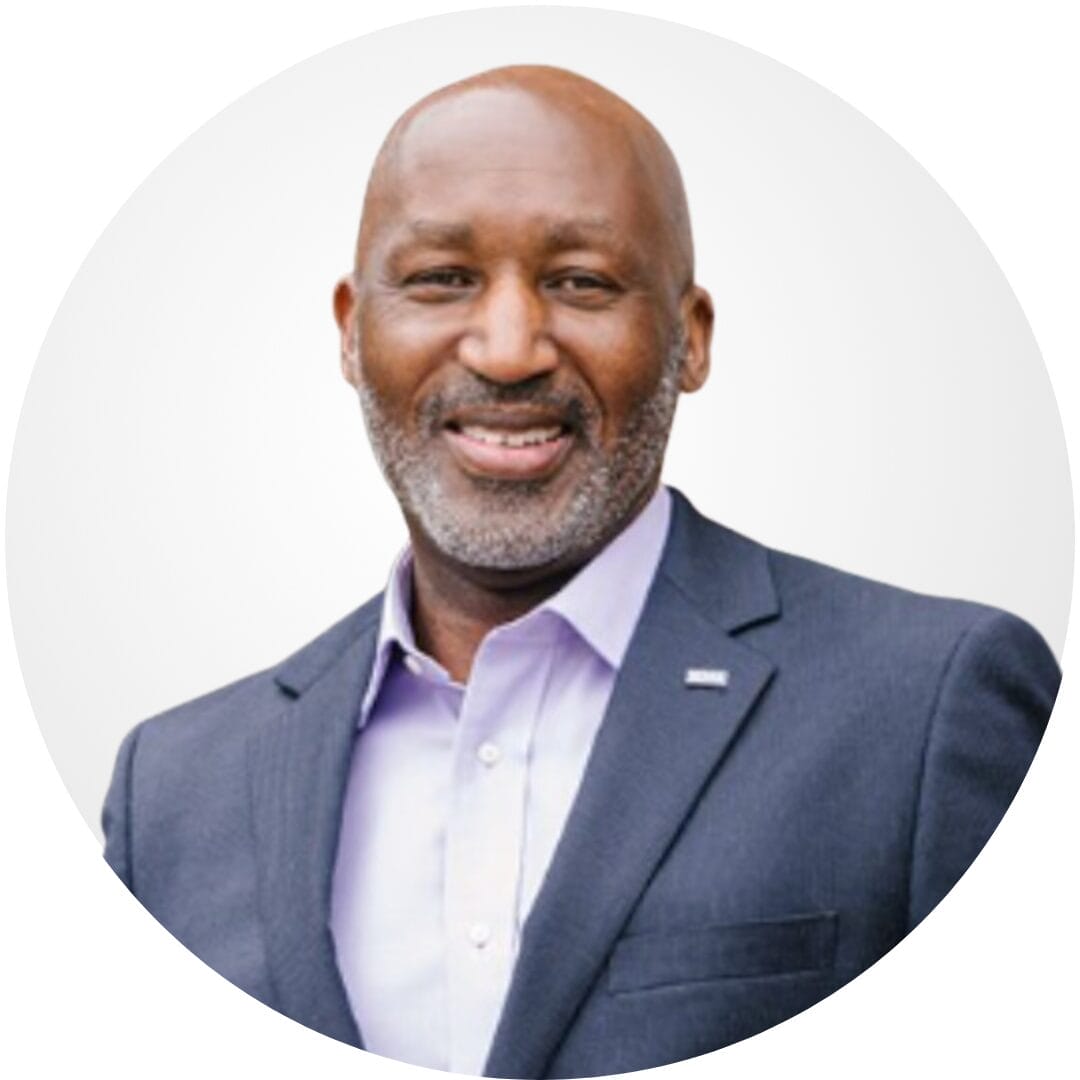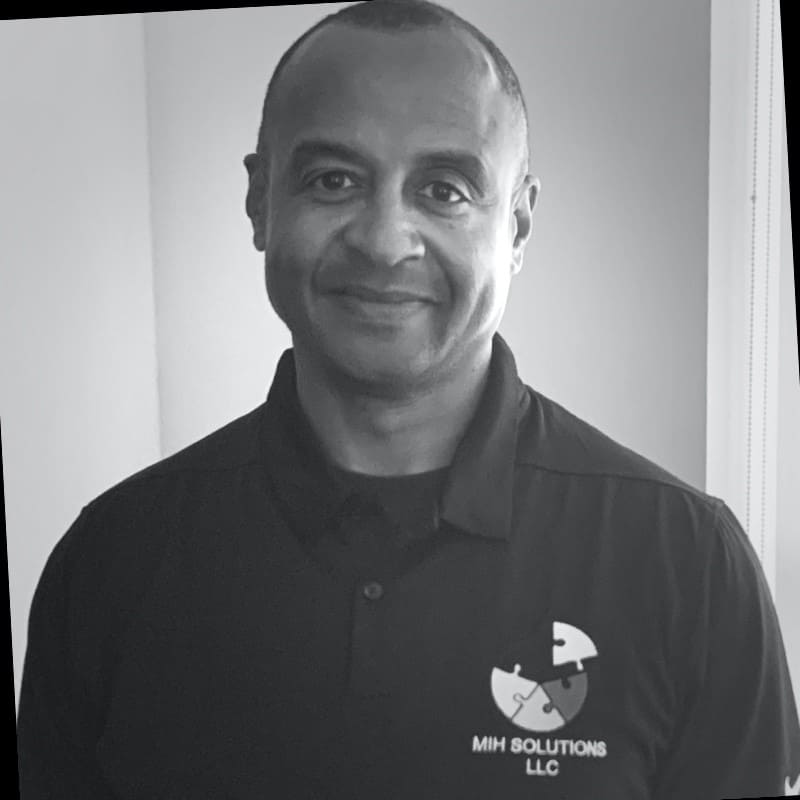Healthcare organizations often underestimate the true cost of manual data transformation processes. A typical custom FHIR-to-OMOP ETL project involves far more than initial development—it requires ongoing maintenance, quality assurance, and constant adaptation to changing healthcare standards.
Understanding the total cost of ownership reveals why automated approaches deliver such compelling returns on investment.
Related Read: Getting Your Architecture FHIR Ready: A Step-by-Step Guide
Traditional Approach:
Development: $900K-1.8M
Year 1 Maintenance: $625K-1.2M
Total Year 1: $1.525M-3M
Automated Approach:
Implementation: $200K-400K
Year 1 Operations: $100K-275K
Total Year 1: $300K-675K
Year 1 Savings: $1.225M-2.325M
ROI = (Savings – Investment) / Investment × 100%
Conservative: ($1.225M – $300K) / $300K = 308%
Aggressive: ($2.325M – $675K) / $675K = 244%
Average Year 1 ROI: 276%


Traditional: 6-12 months for data preparation before research can begin Automated: Research-ready data available within hours of processing
Value Impact:
Traditional: Manual mapping introduces 5-15% error rates Automated: Standardized vocabulary mapping achieves <1% error rates
Value Impact:
Traditional: 3-5 FTE dedicated to ETL maintenance and updates Automated: 0.5-1 FTE for monitoring and administration
Value Impact:
The automated approach’s value compounds over time:
🔹 Year 2 Savings:
Traditional Maintenance: $625K-1.2M
Automated Operations: $100K-275K
Net Savings: $525K-925K
🔹 Year 3 Savings:
Traditional Maintenance: $625K-1.2M
Automated Operations: $100K-275K
Net Savings: $525K-925K
🔹 3-Year Total Savings: $2.275M-4.175M
3-Year Investment: $500K-925K
3-Year ROI: 355-351%
Automated systems scale more efficiently:
Book a personalized demo to explore how automated data transformation can save your organization millions.
Conservative planning should account for implementation risks:
Base Investment: $200K-400K
Risk Buffer (25%): $50K-100K
Adjusted Investment: $250K-500K
Conservative ROI: ($1.225M – $500K) / $500K = 145%
Even with substantial risk buffers, automated approaches deliver 145%+ first-year returns.
Organizations with automated pipelines report:
Focus on highest-value, lowest-risk implementations:
Add complexity incrementally:
Enable sophisticated research capabilities:
Quick wins to long-term scalability with the FHIR-to-OMOP model.
FHIR-to-OMOP automation is driving best-in-class performance across top healthcare institutions.
Leading organizations achieve:

The ROI case for automated FHIR-to-OMOP transformation is compelling across multiple dimensions:
Healthcare organizations that delay automation risk falling behind competitors who can rapidly convert clinical insights into research breakthroughs and evidence-based care improvements.
The question isn’t whether to automate healthcare data transformation—it’s how quickly you can realize the benefits.

We worked with Mindbowser on a design sprint, and their team did an awesome job. They really helped us shape the look and feel of our web app and gave us a clean, thoughtful design that our build team could...


The team at Mindbowser was highly professional, patient, and collaborative throughout our engagement. They struck the right balance between offering guidance and taking direction, which made the development process smooth. Although our project wasn’t related to healthcare, we clearly benefited...

Founder, Texas Ranch Security

Mindbowser played a crucial role in helping us bring everything together into a unified, cohesive product. Their commitment to industry-standard coding practices made an enormous difference, allowing developers to seamlessly transition in and out of the project without any confusion....

CEO, MarketsAI

I'm thrilled to be partnering with Mindbowser on our journey with TravelRite. The collaboration has been exceptional, and I’m truly grateful for the dedication and expertise the team has brought to the development process. Their commitment to our mission is...

Founder & CEO, TravelRite

The Mindbowser team's professionalism consistently impressed me. Their commitment to quality shone through in every aspect of the project. They truly went the extra mile, ensuring they understood our needs perfectly and were always willing to invest the time to...

CTO, New Day Therapeutics

I collaborated with Mindbowser for several years on a complex SaaS platform project. They took over a partially completed project and successfully transformed it into a fully functional and robust platform. Throughout the entire process, the quality of their work...

President, E.B. Carlson

Mindbowser and team are professional, talented and very responsive. They got us through a challenging situation with our IOT product successfully. They will be our go to dev team going forward.

Founder, Cascada

Amazing team to work with. Very responsive and very skilled in both front and backend engineering. Looking forward to our next project together.

Co-Founder, Emerge

The team is great to work with. Very professional, on task, and efficient.

Founder, PeriopMD

I can not express enough how pleased we are with the whole team. From the first call and meeting, they took our vision and ran with it. Communication was easy and everyone was flexible to our schedule. I’m excited to...

Founder, Seeke

We had very close go live timeline and Mindbowser team got us live a month before.

CEO, BuyNow WorldWide

Mindbowser brought in a team of skilled developers who were easy to work with and deeply committed to the project. If you're looking for reliable, high-quality development support, I’d absolutely recommend them.

Founder, Teach Reach

Mindbowser built both iOS and Android apps for Mindworks, that have stood the test of time. 5 years later they still function quite beautifully. Their team always met their objectives and I'm very happy with the end result. Thank you!

Founder, Mindworks

Mindbowser has delivered a much better quality product than our previous tech vendors. Our product is stable and passed Well Architected Framework Review from AWS.

CEO, PurpleAnt

I am happy to share that we got USD 10k in cloud credits courtesy of our friends at Mindbowser. Thank you Pravin and Ayush, this means a lot to us.

CTO, Shortlist

Mindbowser is one of the reasons that our app is successful. These guys have been a great team.

Founder & CEO, MangoMirror

Kudos for all your hard work and diligence on the Telehealth platform project. You made it possible.

CEO, ThriveHealth

Mindbowser helped us build an awesome iOS app to bring balance to people’s lives.

CEO, SMILINGMIND

They were a very responsive team! Extremely easy to communicate and work with!

Founder & CEO, TotTech

We’ve had very little-to-no hiccups at all—it’s been a really pleasurable experience.

Co-Founder, TEAM8s

Mindbowser was very helpful with explaining the development process and started quickly on the project.

Executive Director of Product Development, Innovation Lab

The greatest benefit we got from Mindbowser is the expertise. Their team has developed apps in all different industries with all types of social proofs.

Co-Founder, Vesica

Mindbowser is professional, efficient and thorough.

Consultant, XPRIZE

Very committed, they create beautiful apps and are very benevolent. They have brilliant Ideas.

Founder, S.T.A.R.S of Wellness

Mindbowser was great; they listened to us a lot and helped us hone in on the actual idea of the app. They had put together fantastic wireframes for us.

Co-Founder, Flat Earth

Mindbowser was incredibly responsive and understood exactly what I needed. They matched me with the perfect team member who not only grasped my vision but executed it flawlessly. The entire experience felt collaborative, efficient, and truly aligned with my goals.

Founder, Child Life On Call

The team from Mindbowser stayed on task, asked the right questions, and completed the required tasks in a timely fashion! Strong work team!

CEO, SDOH2Health LLC

Mindbowser was easy to work with and hit the ground running, immediately feeling like part of our team.

CEO, Stealth Startup

Mindbowser was an excellent partner in developing my fitness app. They were patient, attentive, & understood my business needs. The end product exceeded my expectations. Thrilled to share it globally.

Owner, Phalanx

Mindbowser's expertise in tech, process & mobile development made them our choice for our app. The team was dedicated to the process & delivered high-quality features on time. They also gave valuable industry advice. Highly recommend them for app development...

Co-Founder, Fox&Fork
